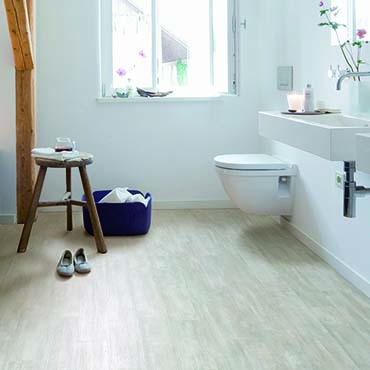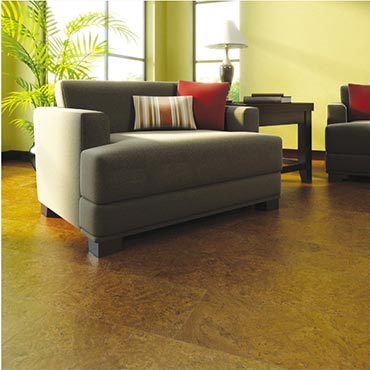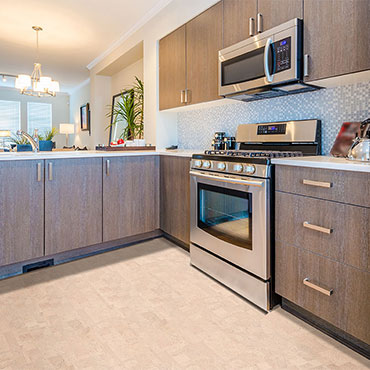Cork Plank Flooring

Transform Your Spaces with Cork Plank Flooring: A Designer’s Choice
Introduction:
In a world where sustainability meets style, Cork Plank Flooring is emerging as a top contender for modern interiors. Offering a fusion of elegance, durability, and eco-friendliness, this natural material is a favorite among interior designers and decorators. Imagine walking on a surface that cushions every step, insulates sound, and retains warmth, all while showcasing the organic beauty of cork. With trends leaning towards sustainable luxury, Cork Plank Flooring is the perfect solution for spaces demanding both aesthetic appeal and functional excellence.
What Is Cork Plank Flooring?
Cork Plank Flooring is a premium flooring solution crafted from the bark of cork oak trees, native to the Mediterranean region. Each plank captures the natural texture and unique grain patterns of cork, creating a warm and inviting surface. Known for its inherent comfort underfoot and sound-insulating properties, cork
plank flooring is available in a range of finishes and colors, making it a versatile choice for modern and timeless designs alike.
Cork Plank vs. Cork Sheet and Cork Tile Flooring
While cork is available in various formats, Cork Plank Flooring offers distinct advantages over cork sheets and cork tiles. Cork sheets are often used for wall applications or specific custom designs, but they lack the structural rigidity needed for flooring. Cork tiles, while practical, are typically smaller and can create a patchwork look that might not suit every design aesthetic. Cork planks, however, provide the seamless, continuous visual flow that many designers seek, resembling traditional
hardwood flooring but with the added benefits of cork’s natural properties.
Features and Benefits of Cork Plank Flooring
Cork Plank Flooring is celebrated for more than just its good looks. This eco-friendly material offers a host of benefits, including:
- Sound Insulation: Cork's natural structure absorbs sound, making it ideal for open spaces or rooms where noise control is essential.
- Thermal Insulation: Cork retains heat, keeping floors warm and cozy underfoot, reducing the need for additional heating elements.
- Comfort: The slight "give" in cork makes it incredibly comfortable to walk on, reducing fatigue in high-traffic areas.
- Sustainability: Cork is harvested from the bark of the cork oak tree, which regenerates after stripping, making it a renewable resource.
- Allergy-Resistant: Cork is naturally resistant to mold, mildew, and allergens, contributing to a healthier indoor environment.
- Durability: With proper care, cork plank floors can last for decades, and they can be refinished to extend their lifespan.
What Makes Cork Plank Flooring Stand Out?
Cork Plank Flooring distinguishes itself not just through its eco-credentials but also through its high-performance features. Unlike traditional wood flooring, cork offers greater resilience, absorbing impacts and resisting dents and scratches. Its water-resistant properties make it suitable for spaces where wood might not thrive, such as
kitchens and basements. Additionally, cork planks can be installed as floating floors, making them an excellent choice for DIY projects and spaces where traditional adhesives are unsuitable.
Ideal Rooms for Cork Plank Flooring
Cork plank flooring shines in rooms where comfort, warmth, and sound control are priorities. Ideal locations include:
- Living Rooms: Create an inviting and quiet space for relaxation or entertaining.
- Bedrooms: Enjoy the softness and warmth underfoot in spaces where comfort matters most.
- Home Offices: Reduce noise and create a focused, comfortable work environment.
- Kitchens: The resilience of cork makes it perfect for standing while cooking, and its water resistance adds a layer of protection against spills.
- Children’s Play Areas: Cork's cushioning and hypoallergenic properties make it a safe and healthy option for kids' spaces.
Conclusion:
A Stylish, Sustainable Solution for Every Space Cork Plank Flooring is more than just a trend; it’s a thoughtful, design-forward solution that meets the demands of modern interiors. For designers and decorators seeking to combine style with sustainability, cork’s natural texture, durability, and eco-friendly nature make it a standout choice. Whether it’s creating a serene home sanctuary or a cutting-edge commercial space, cork flooring adds warmth, character, and enduring performance to any project.
Discover how Cork Plank Flooring can transform your design projects. Explore the range of finishes, textures, and styles available to elevate the aesthetic and functionality of any space.
Disclaimer: The information provided in this article is for general informational purposes only. While we strive to ensure the accuracy and reliability of the information presented, we make no warranties, express or implied, about the completeness, accuracy, reliability, suitability, or availability with respect to the content. Any reliance you place on such information is strictly at your own risk. We recommend consulting with professionals for specific advice tailored to your project’s needs, particularly regarding building codes, regulations, and product specifications.
Under no circumstances shall we be liable for any loss or damage, including without limitation, indirect or consequential loss or damage, arising from the use of, or reliance on, the information provided in this article.






